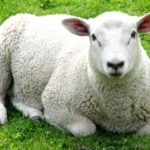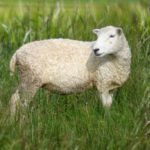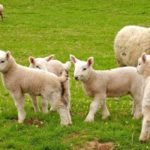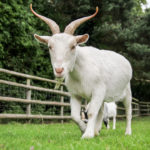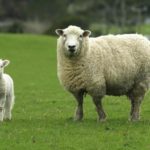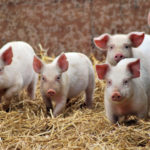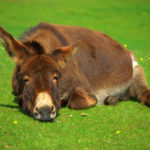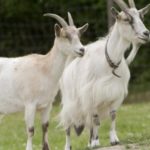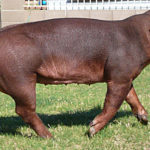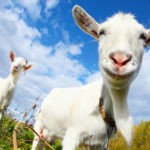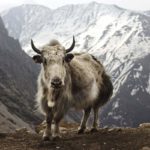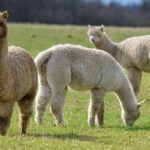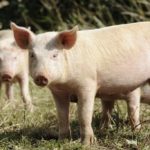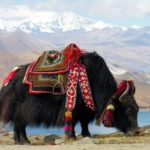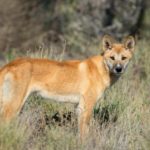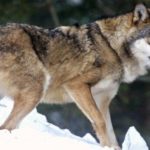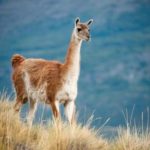Sheep
 The domestic sheep are a cloven-hoofed mammal from the genus of rams of the Para-genus family. This animal already in ancient times was domesticated by man, mainly due to its thick wool and edible meat. Now sheared sheep’s wool, or fleece, is used by man more often than the coat of any other animal. Sheep meat, called lamb, is one of the most important products of consumption in many countries of the world. In addition to obtaining wool and meat, sheep are also bred for obtaining sheep milk, made from it cheese, culinary fat and skins.
The domestic sheep are a cloven-hoofed mammal from the genus of rams of the Para-genus family. This animal already in ancient times was domesticated by man, mainly due to its thick wool and edible meat. Now sheared sheep’s wool, or fleece, is used by man more often than the coat of any other animal. Sheep meat, called lamb, is one of the most important products of consumption in many countries of the world. In addition to obtaining wool and meat, sheep are also bred for obtaining sheep milk, made from it cheese, culinary fat and skins.
Sheep has been domesticated by man in ancient times, more than 8 thousand years ago in the territory of modern Turkey, Syria, northern Mesopotamia. It was suggested that sheep are descendants of moufflon or urial. Data of cytogenetic analysis suggest that the ancestor of the domestic sheep was moufflon. Karyotype Uriala contains 58 chromosomes, while in the domestic sheep and mouflon the number of chromosomes is 54.
A domestic sheep is a cloven-hoofed ruminant animal, well recognizable by the spiral-branched horns of males and curly wool. In other wild species of sheep, as well as in the ancestors of the sheep itself, the wool is not twisted by rings, and the tail is noticeably shorter. In some primitive sheep breeds, the tail may also be small, but long tails, as well as the white color of the wool, appeared in animals only at an early stage of domestication.
In the structure of the skull, the domestic sheep differ from their wild relatives by narrower eye sockets and a smaller brain size. As a rule, sheep have well-developed horns, but in some breeds they may not be at all or they are found only in males. The legs are strong, well adapted for long transitions in mountainous terrain.
The size and weight of domestic sheep varies greatly depending on the breed. The growth rate and mass of an adult animal largely depend on heredity, and for this reason selection selection is often made on the basis of these characteristics. [6] Adult females usually weigh 45-100 kg, while larger males weigh 70-160 kg. The record weight of the ram (Suffolk breed) reached 247.2 kg. In general, the height at the withers in animals is 55-100 cm, and the length of the body is 60-110 cm. The muzzle in the lower part is pointed, has a straight or sometimes hump-nosed profile, almost completely (with the exception of the lips and the edges of the nostrils) covered with fine wool.
Lips are thin and very mobile. Like other representatives of the genus of rams, the home sheep on the facial surface of the tear bones, under the inner corner of the eye cavities, are “tiny pits” – skin deepening, rich in sweaty sebaceous glands, the secretions of which accumulate in the form of a fatty odorous mass – a secret liquid. Similar grooves, called “hoof glands,” are present between the upper joints of both fingers. The secret secreted by these glands, and gives the sheep its characteristic smell.
